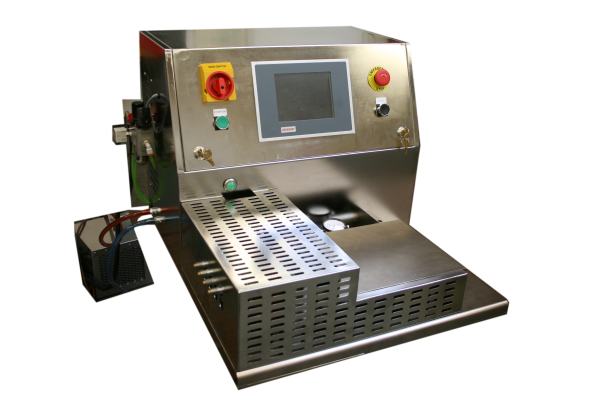Catheter tipping is an essential and influential step in the manufacturing process that significantly affects the overall performance and safety of medical devices. With a multitude of factors at play, the choice of plastic emerges as a crucial determinant. This blog post takes a deep dive into the world of catheter tipping applications, exploring the various types of plastics used, their impact on the tipping process, recent advancements in materials, and guidelines for selecting the most suitable plastic.
Types of Plastics Used in Catheters
Catheters utilize a range of plastics, each possessing unique properties tailored to specific medical applications. Common materials include polyethylene, polyurethane, PVC, Pebax (PolyEther-Block-Amide), and silicone. Polyethylene, known for its flexibility and cost-effectiveness, finds use in less complex catheters, while polyurethane's superior durability and strength make it suitable for more intricate designs. PVC and silicone offer distinct advantages, such as clarity and biocompatibility, respectively. Yet, the major difference between PVC and silicon is that PVC can be reshaped whereas silicon is a thermoset material and can not be altered once formed in the initial process.
Innovative manufacturers have been exploring the boundaries by incorporating rigid materials like PTFE and Polyimides into catheter tipping processes. These materials possess high melting temperatures or Tg (Glass Transition Temperature), making them more challenging to reshape during the tip-forming process. However, cutting-edge techniques and advanced technology, such as ONEX RF catheter tippers, can assist these manufacturers in pushing the limits of catheter design and achieving remarkable results.
Impact of Plastic Choice on the Tipping Process
The choice of plastic significantly influences the catheter tipping process. Different materials exhibit varying responses to heat, pressure, and forming techniques. Understanding these nuances is crucial for achieving precise and consistent catheter tip forming. Polyethylene, for instance, requires lower temperatures, making it suitable for straightforward tipping processes. On the other hand, PTFE or Polyimide may require higher temperatures (350°-450°C) and specialized catheter tipping machines for optimal results.
Advancements in Plastic Materials
Recent advancements in plastic materials have propelled catheter manufacturing to new heights. Enhanced biocompatibility, increased tensile strength, and improved temperature resistance are among the notable developments. Manufacturers now have access to a broader spectrum of plastics that cater to specific medical requirements, allowing for greater customization and innovation in catheter design.
How to Choose the Right Plastic for Catheter Tipping
Selecting the appropriate plastic for catheter tipping involves a comprehensive evaluation of various factors.
Consider Biocompatibility And Medical-Grade Standards
Ensuring the chosen plastic meets stringent biocompatibility and medical-grade standards is paramount. The material must not elicit adverse reactions when in contact with the human body, emphasizing the importance of using FDA-approved plastics.
Evaluate Temperature Resistance For the Tipping Process
The catheter tipping process involves exposure to elevated temperatures. Choosing a plastic with the appropriate temperature resistance is critical to prevent deformation or degradation during the forming process.
Assess Flexibility And Strength Requirements
Different medical applications demand varying degrees of flexibility and strength. Understanding the specific requirements of the catheter in terms of flexibility and strength aids in selecting a plastic that aligns with these needs.
Analyze Chemical Resistance And Sterilization Compatibility
Catheters often come into contact with various chemicals during medical procedures. Opting for a plastic with high chemical resistance ensures maintaining the catheter's structural integrity. Additionally, considering sterilization compatibility is essential to uphold stringent hygiene standards.
Determine Cost-Effectiveness And Supply Availability
Balancing cost-effectiveness and supply availability is crucial for sustainable manufacturing. Identifying a plastic that meets the required specifications while remaining economically viable ensures long-term production feasibility.
In the intricate realm of catheter tipping, the significance of plastic choice cannot be overstated. Manufacturers must navigate the diverse landscape of plastics, weighing factors such as biocompatibility, temperature resistance, flexibility, and cost-effectiveness. With advancements in materials, the possibilities for innovative catheter design are expanding, promising enhanced patient outcomes and improved medical procedures. Careful consideration of these material matters ensures that the tipping process aligns seamlessly with the demands of modern medical practices.


-1.png)

-2.gif)

.png)
-1.png)




.png)